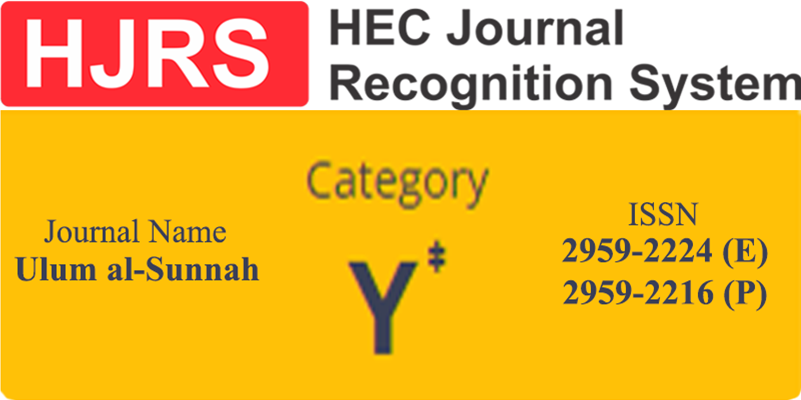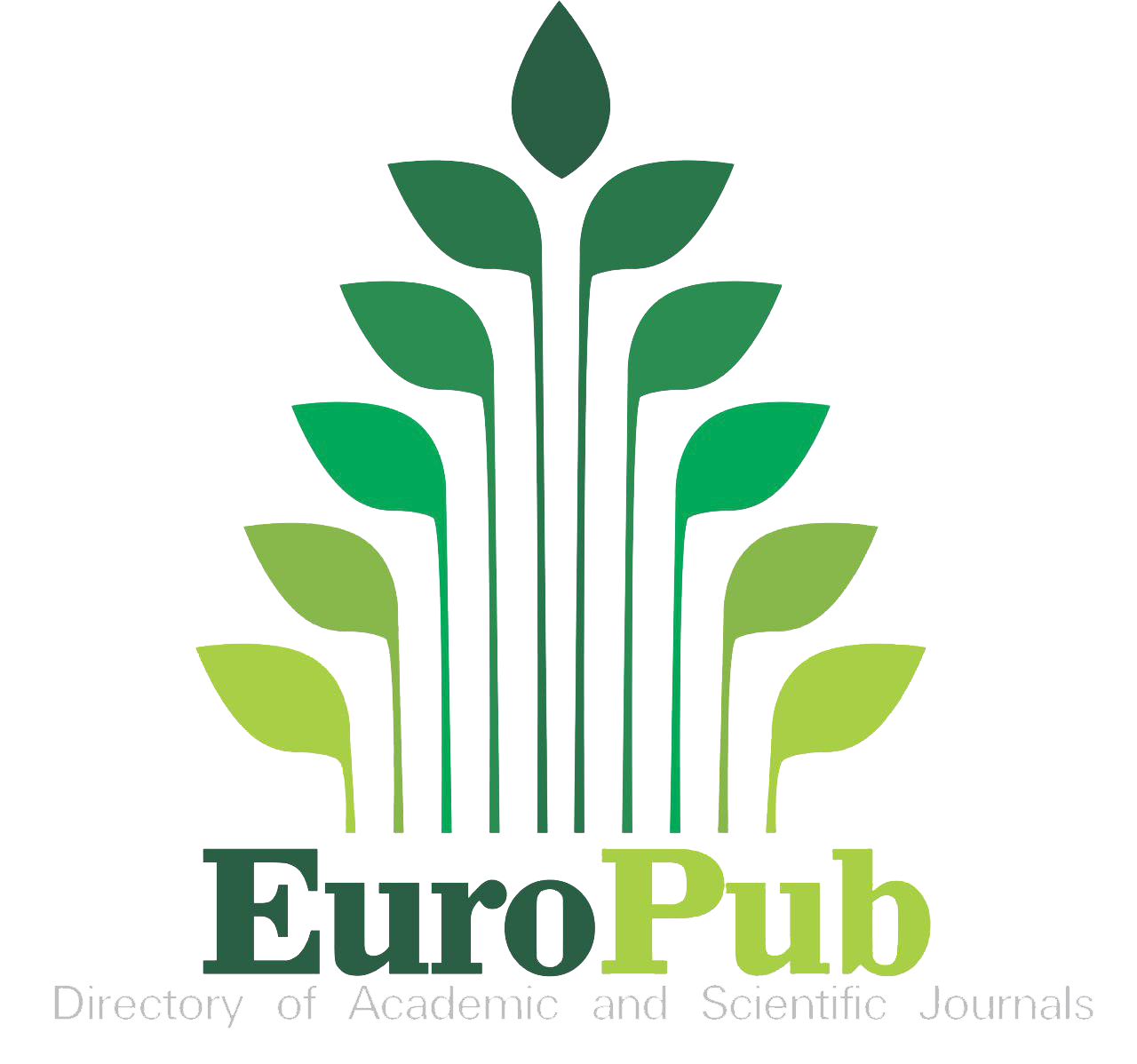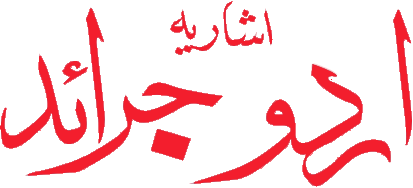The Role of Metaphorical Language in the Quran: An Analysis
Keywords:
Quran, Metaphorical Language, Quranic Metaphor, Theology, Morality, SpiritualityAbstract
The Quran is a work of linguistic brilliance and profound spiritual depth, using metaphorical language as a central tool to express the most complex theological, moral, and spiritual ideas. This paper explores the vital role of metaphors in the Quran; it bridges the gap between human understanding and transcendent divine realities. Quranic metaphors promote a deeper comprehension of faith, divine attributes, and moral responsibilities. These metaphors do more than explain complex theological meanings; they evoke emotional as well as intellectual responses to Allah to inspire believers toward ethical behavior and spiritual devotion. The study explores the key role of Quranic metaphorical language from their linguistic, cognitive, and theological dimensions. The role of metaphors, which are mentioned in this article, is simplifying abstract spiritual concepts, encouraging reflection and contemplation, connecting Divine truths to human experience, illustrating the unseen, moral and ethical lessons, and supporting the concept of Tawhid. It focuses on how such figurative expressions would enhance the access and influence of divine guidance beyond cultural and temporal boundaries. This study aims to prove that metaphorical language can facilitate comprehension, reflection, and action in a manner that will improve the believer's journey to self-purification and closeness to Allah.
Downloads
Published
How to Cite
Issue
Section
License
Copyright (c) 2025 Lubna Iftikhar, Dr. Amir Hayat

This work is licensed under a Creative Commons Attribution-NonCommercial 4.0 International License.
This is an open-access journal which means that all content is freely available without charge to the user or his/her institution. Users are allowed to read, download, copy, distribute, print, search, or link to the full texts of the articles, or use them for any other lawful purpose, without asking prior permission from the publisher or the author. All articles are available on the internet to all users immediately upon publication. Non-commercial use and distribution in any medium are permitted, provided the author and the journal are properly credited.










 Research Journal Indexed by Google Scholar
Research Journal Indexed by Google Scholar